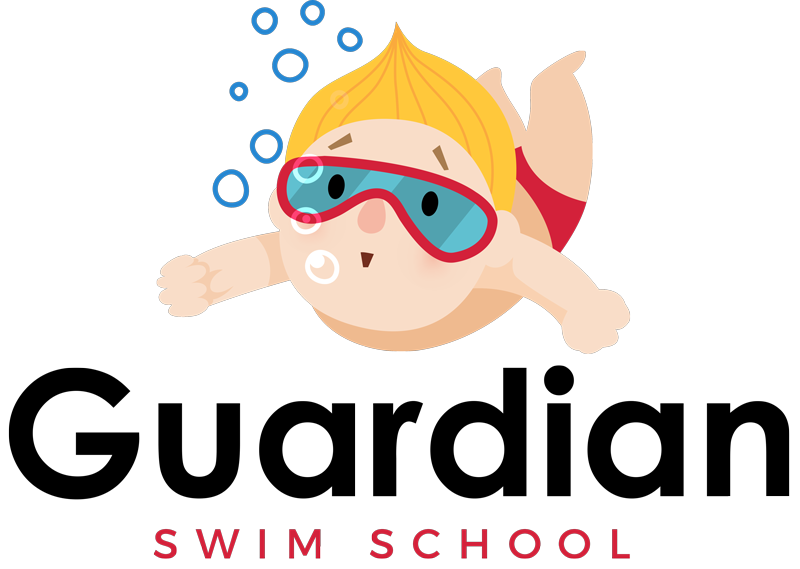Drowning is the number one cause of death for children ages one to four in Broward County. If you could prevent your child’s death, would you?
- NEVER leave children unsupervised in or around a body of water – even for a moment. Children can drown in as little as two inches of water in less than one minute.
- Install a self-closing gate around the pool.
- Alarm every door leading to water to alert you if a child has gone outside.
- Teach children water and swimming skills.
- During pool parties or family beach gatherings, designate an adult to watch the children.
- Remove any toys that may attract children to the pool area.
- Install a pool cover to securely cover the water area.
- Install a poolside, cordless phone.
- Keep lifesaving equipment – a pole, life preserver and rope – in the pool area.
- Children with long hair should clip it back or wear a cap in the pool.
- Avoid keeping water in buckets or other large containers when toddlers are home.
- Don’t rely on flotation devices to protect your children in the water.
Drowning Death Statistics
The statistical data shows that adults can drown just as much as juveniles, if not more. Between June 2010 and May 2011, the Broward Sheriff’s Office Homicide Unit investigated 18 drowning deaths in Broward County.
- 72% of those deaths were accidental; 28% were intentional suicides.
- 85% of the accidental drowning cases were adults; 15% were toddlers.
It appears that adults’ placing themselves in dangerous swimming conditions without having the physical ability to safely get out of the water seems to have led to many.
Drowning Prevention Checklist
- CONSTANT adult supervision by an adult who knows how to swim
- Childproof locks on all doors leading to water
- Gate or fence surrounding water
- Gate or fence is self-closing with a lock
- Pool cover is in use
- Alarms for doors and windows leading to pool are activated
- Child has completed swim lessons
- Above-ground pool stairs removed when pool not in use
- Lifesaving equipment in pool area
- Pool chemicals and supplies are locked in a secure area
- Child is watched in bathtub at all times
- Parent and / or caregiver know CPR

